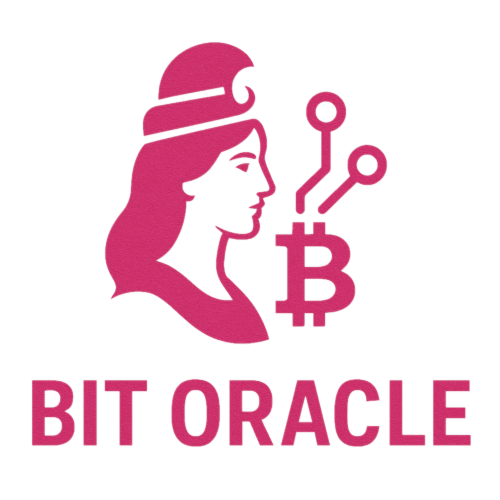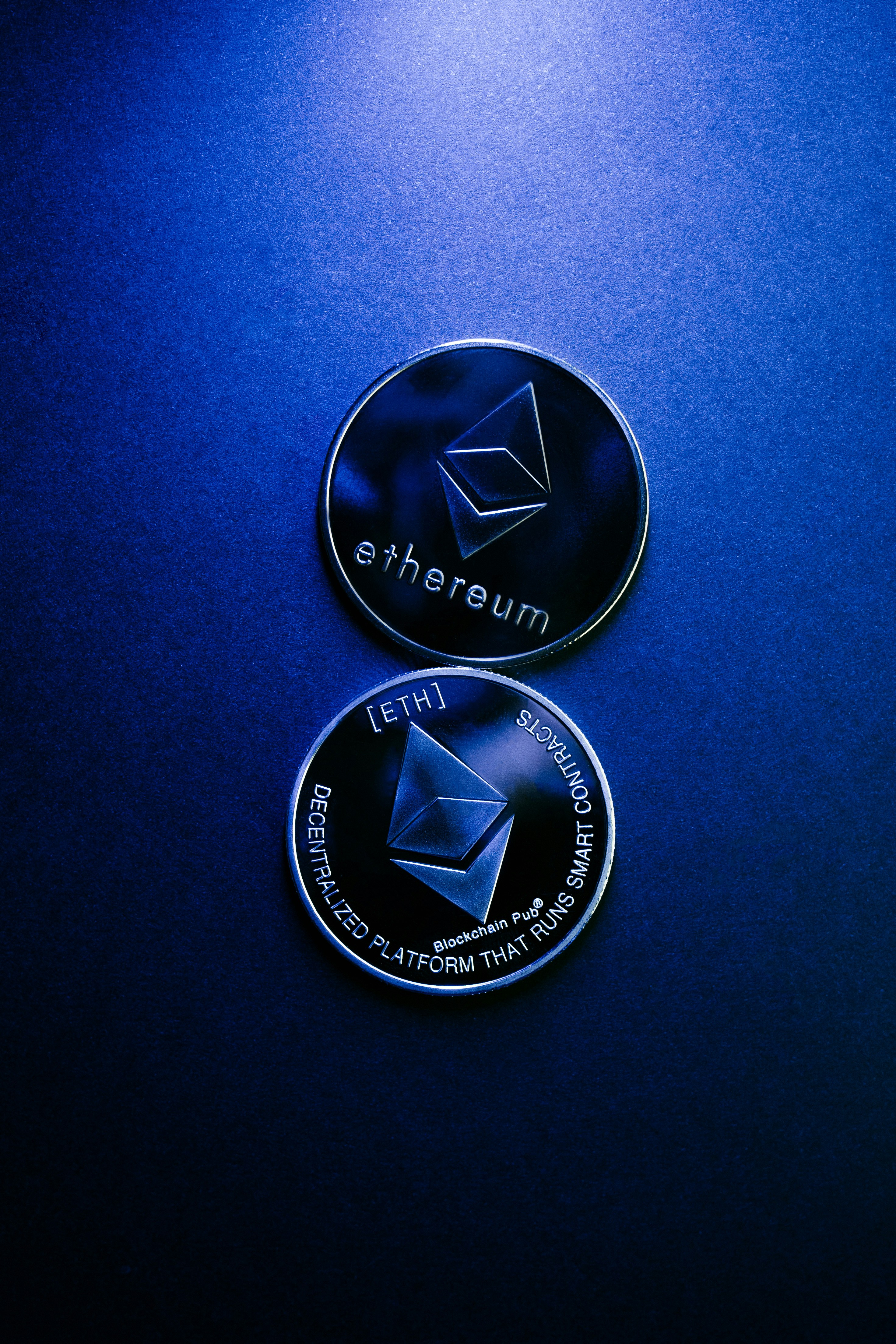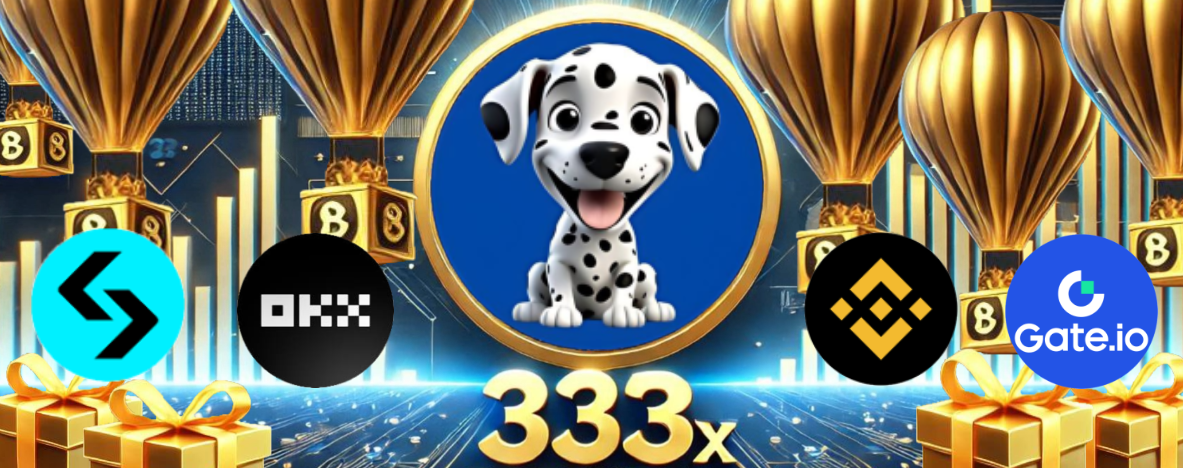Introduction
Ethereum, established in 2015 by Vitalik Buterin, has emerged as a pivotal platform in the landscape of blockchain technology. Unlike Bitcoin, which primarily serves as a digital currency, Ethereum stands out due to its capability to support decentralized applications (dApps) and smart contracts. This distinction has shifted the perception of blockchain from a mere instrument for transactions to a comprehensive ecosystem capable of fostering innovative solutions across multiple sectors.
The Ethereum blockchain operates on a revolutionary proof-of-stake consensus mechanism, which significantly enhances its scalability and sustainability. With Ethereum 2.0, the network aims to address longstanding issues regarding speed and efficiency, ultimately reducing the notorious ethereum gas fees that are often a barrier to entry for many users and developers. The transition to this improved version is indicative of Ethereum’s commitment to evolve and adapt in a fast-changing landscape.
Moreover, the rise of decentralized finance (DeFi) and the NFT marketplace has further cemented Ethereum’s status as a foundational layer for web3 ecosystems. These applications showcase the potential for new economic models that are not only decentralized but also inclusive. Layer 2 solutions are being integrated to alleviate congestion on the Ethereum blockchain, thereby enhancing the user experience and fostering broader adoption. The ongoing developments outlined in the Ethereum roadmap signify a strategic vision to continue building a network that empowers users and developers alike.
As we delve deeper into the capabilities and innovations spurred by Ethereum, it becomes clear that this platform is not just a cryptocurrency but the very foundation of decentralized innovation. The flexibility and robustness of Ethereum open the door for future advancements, ensuring its place at the forefront of the digital revolution.
The Vision Behind Ethereum
Ethereum was conceived with the vision of creating a programmable blockchain that would transcend the limitations of traditional financial systems. At its core, Ethereum serves as a platform where smart contracts can be executed autonomously, allowing developers to build decentralized applications, commonly known as dapps. This unique capability fosters a trustless and permissionless environment that is integral to the development of the Web3 ecosystem. The foundational ethos of Ethereum emphasizes the importance of creating a system that is borderless, where individuals can interact without the need for intermediaries.
The visionary behind this ambitious project, Vitalik Buterin, aimed to establish a decentralized governance model that empowers community-driven development. Ethereum’s architecture allows developers from across the globe to engage in an open-source environment, forming a collaborative network. This participatory approach not only advances innovation but also ensures that the direction of the platform is shaped by its community rather than a centralized authority. The Ethereum roadmap incorporates relentless improvements such as Ethereum 2.0, which aims to enhance scalability and security through a transition to a proof-of-stake consensus mechanism, further solidifying its commitment to decentralization.
Moreover, Ethereum has become the backbone of decentralized finance (DeFi) applications that enable users to access financial services without traditional intermediaries. Layer 2 solutions are being developed to lower Ethereum gas fees, making transactions more affordable and enhancing user experience. The surge in the NFT marketplace demonstrates Ethereum’s versatility, showcasing its capability to support digital assets and creativity within a decentralized framework. Overall, the visionary concepts established in the creation of Ethereum have laid the foundation for a transformative future, empowering users through decentralization and innovation.
Smart Contracts and dApps
Smart contracts are integral to the functionality of the Ethereum blockchain, serving as self-executing agreements with the terms of the agreement directly written into code. This automation reduces the need for intermediaries, allowing for greater efficiency and lower costs. The Ethereum 2.0 upgrade further enhances this capability, promoting a more robust infrastructure for various applications and business models within the web3 ecosystem.
Within the realm of decentralized finance (DeFi), smart contracts have revolutionized how traditional financial services operate. They enable seamless interactions for lending, borrowing, and trading without the complications often associated with conventional banking systems. Through Ethereum staking and proof-of-stake mechanisms, these contracts facilitate secure transactions that are verifiable and resistant to manipulation, contributing significantly to the decentralization ethos.
Moreover, NFT marketplaces are one of the most notable use cases of smart contracts, enabling the buying and selling of digital assets with ownership proof stored on the Ethereum blockchain. This functionality has opened up new avenues for artists and creators, allowing them to monetize their work in a decentralized manner. Additionally, decentralized autonomous organizations (DAOs) leverage smart contracts to automate decision-making processes, granting stakeholders a transparent and democratic way to govern projects and initiatives.
Smart contracts extend into other industries as well, including gaming and supply chain management, where they streamline operations and enhance transparency. In the gaming sector, players can own in-game assets securely, while in supply chain contexts, smart contracts can track product provenance, ensuring authenticity from origin to consumer. The versatility of these technologies highlights their potential to reshape various sectors fundamentally.
Ultimately, as Ethereum continues to evolve and scale through layer 2 solutions and ongoing upgrades, the integration of smart contracts into diverse applications will further cement its role as the foundational layer of innovation in the decentralized landscape.
Ethereum’s Role in Web3
Ethereum has emerged as a cornerstone of the Web3 ecosystem, serving as the backbone upon which numerous decentralized applications (dapps) are built. Its robust blockchain infrastructure facilitates the development of smart contracts, which are self-executing contracts with the terms directly written into code. This feature not only enhances automation but also ensures transparency and trust among users, making it an appealing choice for developers seeking to leverage the benefits of decentralized finance (DeFi) solutions.
The significance of interoperability within the Ethereum blockchain cannot be overstated. As various dapps and services are created, they often need to interact seamlessly with one another to provide users with a cohesive experience. Ethereum’s architectural design allows for this interoperability, enabling different applications to communicate and share data efficiently. This composability fosters an environment for innovation, allowing developers to build on one another’s work and create increasingly complex solutions, from NFT marketplaces to decentralized exchanges.
Moreover, Ethereum’s transition to proof-of-stake with Ethereum 2.0 is poised to address some of the scalability issues associated with the original Ethereum blockchain. By implementing layer 2 solutions, Ethereum aims to reduce gas fees and improve transaction speeds, thereby enhancing user engagement and adoption. This upgrade not only positions Ethereum as a more sustainable blockchain but also solidifies its role as a leading platform in the burgeoning Web3 landscape.
Vitalik Buterin, one of the co-founders of Ethereum, has articulated a vision wherein Ethereum serves as a platform for decentralized ownership, empowerment, and creativity. As more users recognize the potential of the decentralized web, Ethereum’s role will only grow in significance, acting as the key to unlocking the full potential of Web3. With its commitment to continuous improvement and innovation, Ethereum will undoubtedly remain at the forefront of the technological evolution that characterizes this new era of the internet.
The Ethereum 2.0 Upgrade
The Ethereum 2.0 upgrade marks a significant milestone in the evolution of the Ethereum blockchain, transitioning from the traditional proof-of-work (PoW) consensus mechanism to a more efficient proof-of-stake (PoS) model. This shift is not merely a technological change but a strategic decision aimed at enhancing the overall performance and sustainability of the network. With the rise of decentralized applications (dapps) and growing interest in decentralized finance (DeFi), the Ethereum blockchain demands an infrastructure that can handle an increasing number of transactions and reduced energy consumption.
One of the primary advantages of Ethereum 2.0 is its energy efficiency. The PoS model significantly reduces the energy requirements associated with mining, as it no longer depends on compute-intensive processes. This change aligns well with the broader environmental concerns, as it is evident that lowering energy consumption is crucial in today’s digital economy. Additionally, the adoption of Ethereum staking allows users to earn rewards by validating transactions, thus incentivizing participation in securing the network.
Scalability improvements are another pivotal aspect of the Ethereum 2.0 upgrade. By implementing sharding and rollups, the Ethereum network can process transactions in a more efficient manner, effectively increasing its capacity to handle more users without incurring high Ethereum gas fees. Sharding divides the blockchain into smaller, manageable pieces, while rollups aggregate transactions, reducing the load on the base layer. These layer 2 solutions are critical in achieving a seamless user experience as the demand for Ethereum-based projects continues to grow.
Vitalik Buterin, the co-founder of Ethereum, envisions this transition as a fundamental shift in the web3 ecosystem. By enhancing the infrastructure, Ethereum 2.0 sets the stage for innovation, enabling the proliferation of NFT marketplaces and further advancements in smart contracts. As we embrace this new era, the Ethereum roadmap emphasizes a commitment to developing a more robust, sustainable, and versatile platform for all. This upgrade stands to redefine the future of blockchain technology and decentralization, positioning Ethereum at the forefront of digital innovation.
Challenges and the Road Ahead
Ethereum, the leading platform for decentralized applications (dapps), is at the forefront of the web3 ecosystem, yet it faces significant challenges that could hinder its development and deployment. One of the most pressing issues is the high gas fees associated with transactions on the Ethereum blockchain. As Ethereum continues to grow, the increased demand for transactions has led to congestion, resulting in elevated fees that can dissuade users from utilizing its capabilities. This problem is particularly crucial in the context of decentralized finance (DeFi) and the burgeoning NFT marketplace, where cost-effective transactions are essential for broader adoption.
To address these high gas fees, the Ethereum community is actively working on Layer 2 solutions. These solutions, such as rollups and sidechains, promise to significantly reduce gas costs and transaction times by processing transactions off the main Ethereum blockchain while still benefiting from its security features. The development of these technologies is a vital aspect of the Ethereum roadmap as it aims for Ethereum 2.0, which will transition the network from a proof-of-work to a proof-of-stake consensus mechanism. This shift is expected to enhance scalability and sustainability, addressing long-standing concerns about energy usage and network performance.
Furthermore, Ethereum’s evolution is challenged by regulatory uncertainties that could affect its adoption. As governments and organizations begin to recognize the potential of blockchain technology, there is a growing need for regulations that can foster innovation while protecting consumers. The delicate balance between regulation and innovation is critical, as too stringent policies may stifle the growth of Ethereum and its associated projects. The involvement of prominent figures such as Vitalik Buterin, one of Ethereum’s co-founders, is crucial in advocating for a regulatory framework that supports the development of the Ethereum ecosystem while ensuring compliance with global standards.
Ethereum’s Future in the AI, Metaverse, and Cross-Chain World
The evolution of technology is driving the potential of Ethereum as a cornerstone of the upcoming digital landscape, especially in sectors such as artificial intelligence (AI), the metaverse, and cross-chain interactions. With the rapid advancements in these fields, Ethereum 2.0 is poised to play a critical role in building a decentralized framework that can adapt and integrate seamlessly with emerging technologies.
In the realm of AI, Ethereum’s smart contracts enable automated processes and decision-making, creating decentralized applications (dapps) that can autonomously operate based on pre-defined conditions. This synergy presents immense opportunities for developers to leverage Ethereum blockchain technology to build intelligent applications capable of self-execution without intermediaries. Moreover, the decentralized nature of Ethereum can help mitigate biases often associated with traditional AI systems, ensuring more equitable outcomes.
The concept of the metaverse integrates virtual reality and augmented reality, providing immersive digital environments for users. Ethereum can enable robust NFT marketplaces within these metaverses, allowing users to own and trade virtual assets securely. Vitalik Buterin’s vision of a decentralized, user-centric web aligns with the metaverse’s goal of fostering user-driven experiences. Ethereum staking can reward participants in this ecosystem for validating transactions and securing the network, promoting active engagement in the metaverse economy.
Cross-chain interactions are essential for Ethereum’s scalability and interoperability. With the rise of layer 2 solutions, Ethereum can accommodate a variety of digital assets, enhancing user experience while addressing concerns like high Ethereum gas fees. This adaptability is crucial as the web3 ecosystem evolves, facilitating communication and transaction between different blockchain networks. Through strategic partnerships and continuous development outlined in the Ethereum roadmap, Ethereum’s role in a connected future is solidified, making it a fundamental component of not only decentralized finance (DeFi) but also the broader tech landscape that includes AI and the metaverse.
Conclusion
Ethereum stands as a transformative force within the evolving landscape of digital innovation, profoundly impacting the future of the internet, known as Web3. By establishing a foundation for decentralized applications (dapps) and enabling smart contracts, Ethereum fosters an environment of trustless systems where transparency and community governance are paramount. This has paved the way for numerous advancements in the blockchain arena, encompassing areas such as decentralized finance (DeFi) and the burgeoning NFT marketplace.
With the transition to Ethereum 2.0 and the adoption of a proof-of-stake consensus mechanism, Ethereum is set to revolutionize the way transactions are validated and secured. This shift significantly reduces energy consumption and enhances scalability, ultimately making Ethereum more accessible for a broader range of users. Ethereum staking allows individuals to participate in this new paradigm, providing opportunities for users to earn rewards while supporting network security.
Additionally, the development of layer 2 solutions addresses the issue of Ethereum gas fees, which have historically been a barrier to entry for many. As these technologies advance, they will facilitate smoother and more cost-effective interactions within the Ethereum blockchain. Visionaries like Vitalik Buterin continue to lead the charge, shaping the Ethereum roadmap to ensure long-term sustainability and innovation.
Ultimately, Ethereum transcends the simplistic view of being merely a financial tool; it symbolizes a movement towards technological sovereignty, empowering individuals by allowing them to control their assets and participate in a decentralized economy. As we witness the continuous evolution of Ethereum and its application across various domains, it will undoubtedly remain a central pillar in the quest for a more equitable and innovative future. The potential of Ethereum is immense, and it stands as a testament to what can be achieved when decentralized networks leverage the power of community-driven technology.


